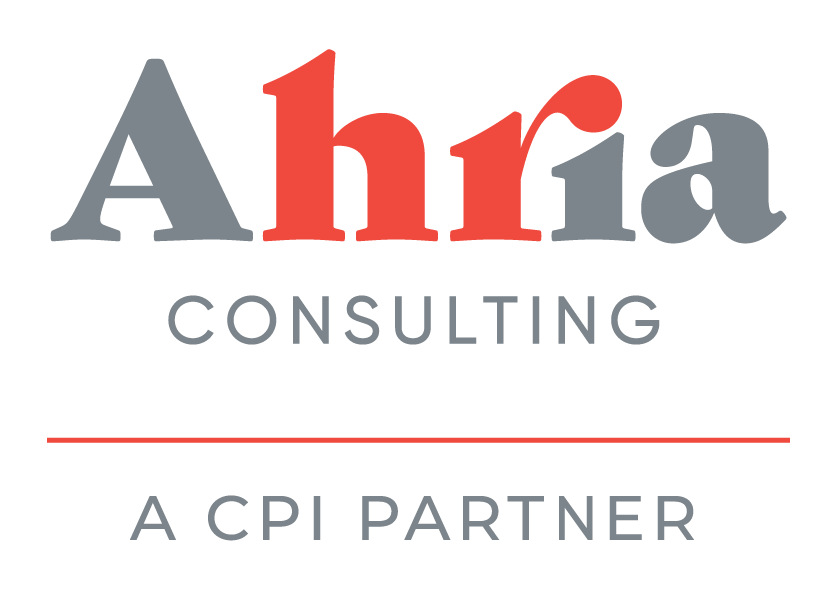A new “three peak” working day is on the rise. But is this more efficient or more likely to burn you out?
You can understand a lot about the fine-grained ways work is changing if you’re a data scientist at Microsoft; they’ve gleaned a ton of insights over the past couple years by combing through Microsoft Teams data to see what they find.
One of their findings is the “triple peak day.”
“Traditionally, knowledge workers had two productivity peaks in their workday: before lunch and after lunch,” they write. “But when the pandemic sent so many people into work-from-home mode, a third peak emerged for some in the hours before bedtime.”
They reasoned that parents were shifting some of the things they might do between 4 p.m. and 6 p.m. to the hours of 8 p.m. to 10 p.m., when the kids were down for the night, while others might just prefer to knock tasks out without the usual work-day distractions.
But with every peak comes a trough, and that trough now happens at around 4 p.m.
“The hours that bookend the traditional close of business have become a dead zone at many companies,” reads a recent Wall Street Journal report on the phenomenon. “Workers say the 4 to 6 p.m. flex time they use to take a turn in the kids’ carpool, hit the gym or beat traffic often requires a third shift at night to finish the day’s tasks.” Others are using it for a bit of needed balance – hitting the golf course (or the bar) at 4 p.m., and picking up the slack later on.
We’ve written before about the rising trend of asynchronous work and flexible schedules, and like those, the triple peak day is neither good nor bad on its own ― rather, it’s a reality of how work is completed that can be resisted or embraced. There are advantages, like workers getting work done when they are less distracted, and disadvantages, like scheduling all-hands meetings and expecting after-hours work.
“The third peak should be an available option for people who need it, but the challenge moving forward is, ‘How can we make sure people are not working 24/7?’” Microsoft’s Shamsi Iqbal said. “If people are working all three peaks, that’s a recipe for early burnout.”
Content written by Kieran Delamont for Worklife, a partnership between Ahria Consulting and London Inc. To view this content in newsletter form, click here.
